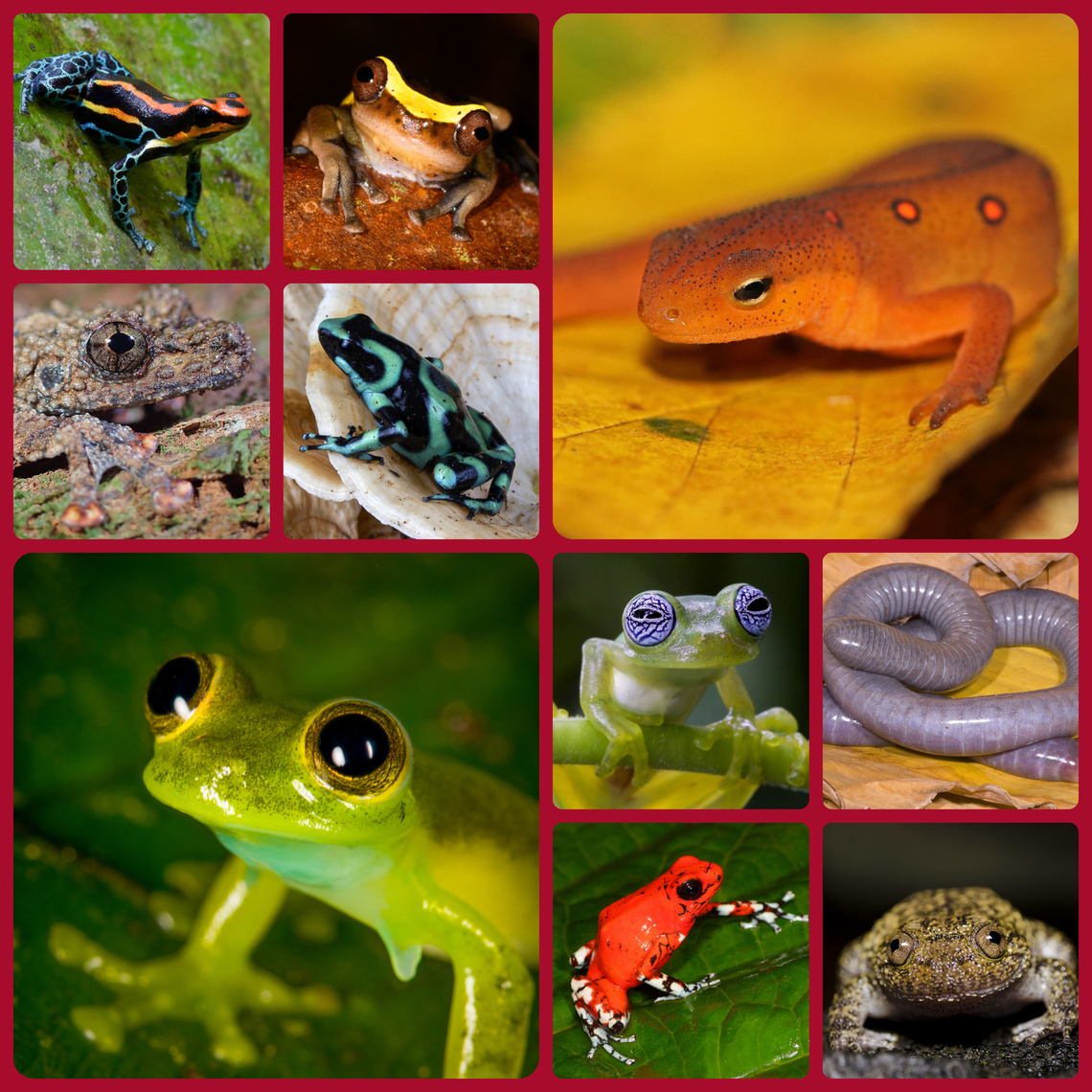 Promoted
Promoted
Happy International Amphibian Week!
Did you know that the week of May 1-7th has been designated as International Amphibian Week?? The aim is to bring awareness to these amazing creatures and their plight as they face habitat loss, pollution, disease, and ultimately species' decline.
Amphibians include frogs, caecilians, and salamanders. They are fascinating, beautiful, diverse, and have important roles in their ecosystems. Take some time to educate yourself about these incredible creatures! #JungleDragon #amphibianweek2022 #amphibianweek
Check out these links for more information:
https://www.amphibians.org/amphibianweek/
https://www.amphibians.org/who-we-are/why-amphibians/
To see more photos of amphibians:
https://www.jungledragon.com/.../animalia/chordata/amphibia
https://www.facebook.com/jungledragonwildlife
Instagram: @jungledragonwildlife
No species on this photo
It has been indicated that there is no species on this photo.
comments (5)
-Congo Caecilian caecilian (Herpele squalostoma) by Anotheca,
-Amazon Dart Frog (Ranitomeya amazonica) by John Sullivan,
-Sachatamia ilex by Minor Torres,
-Spiny Warted Frog - Theloderma horridum by Albert Kang,
-Emerald Glass Frog by Ferdy Christant,
-Upper Amazon Tree Frog by Ferdy Christant,
-Eastern Newt (Red Eft) - Notophthalmus viridescens by Christine Young,
-Little Devil Poison Frog (Diablito) by Ferdy Christant,
-Karnataka night frog - Nyctibatrachus Karnatakaensis By karthik_ak,
-Dendrobates auratu by Minor Torres,
Posted 3 years ago
I'm looking back at my pictures drive for some amphibian pictures :-) Posted 3 years ago